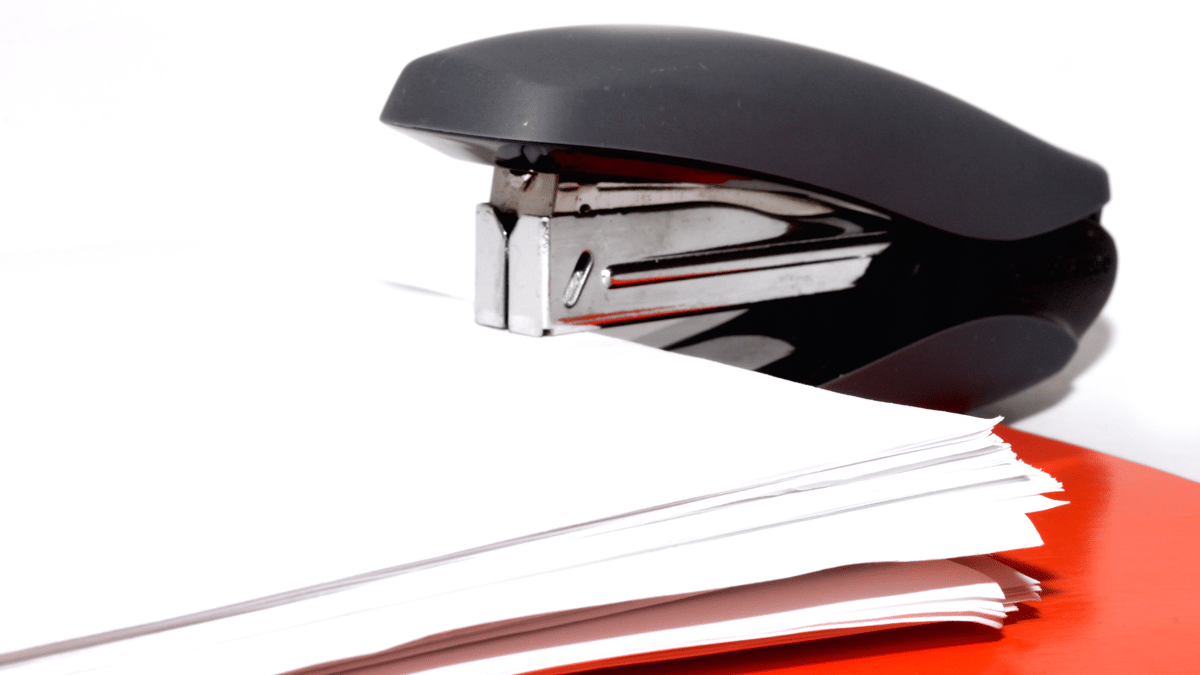In this guide
1 November 2021 may be the perfect time to consider whether your current super fund is the best for you, as this is the date on which the ‘stapling’ provisions of the recently passed Your Future, Your Super (YFYS) legislation take effect.
This will have no impact on the performance of your fund or the fees it charges, but it will mean that, unless you choose otherwise, your existing fund will stay with you for the rest of your working life.
How does stapling work?
Under YFYS, the superannuation account into which your employer contributions are currently paid will be ‘stapled’ to you. If and when you change jobs your new employer will pay super contributions into your existing fund.
For many, this will be a good thing. At 30 June 2020, Australian Taxation Office (ATO) data showed that 26% of Australians had two or more super accounts, mostly accumulated through defaulting into different employer-nominated default funds as they changed jobs. This ultimately reduces your retirement savings through paying fees and costs to multiple super funds.
If you’re a new entrant to the workforce, YFYS will potentially mean the fund you join in your first job will become your fund over your entire working life.
Pros and cons of stapling
While the potential saving on fees and costs will be a positive outcome for many people, the possible downside is remaining a member of a fund that is not ideal for you. You may be stapled to a fund that:

Free eBook
Retirement planning for beginners
Our easy-to-follow guide walks you through the fundamentals, giving you the confidence to start your own retirement plans.
"*" indicates required fields
- Is not cost competitive on fees and costs relative to performance
- Does not deliver solid long-term investment performance compared with other funds
- Provides insurance cover that is not appropriate for the occupation you are in and/or charges excessive premiums deducted from your super account, reducing your retirement savings.
Fees and investment performance are measures that are independent of your career progression, whether you work in an office or on the ground in heavy industry. However, under YFYS, you should be aware of how the insurance cover provided through your fund may be affected as your career progresses.
Check your insurance
If you’re working in a low-risk environment, like office administration, your fund’s membership most likely consists of lots of other people with similar jobs to you. From an insurance perspective, this generally means you will pay lower insurance premiums. If you work in construction, mining or other heavy industry, your risk of injury or death will be higher, reflected in higher premiums.
If you stay in the one occupation throughout your working life, stapling may not be an issue where insurance is concerned. But problems may arise when you change the nature of the work you do.
If you move from a low-risk to higher-risk job, you may find that the cover provided in your existing fund excludes some activities that are part and parcel of your new job. This will not always be the case and there may be an opportunity to pay an extra premium – known as an occupational loading – to cover your increased risk, but it is certainly something you should consider if your employment takes such a significant turn.
Conversely, if you move from a job in which you are exposed to significant risk to a lower-risk occupation, you may find the premiums for the cover are expensive. It may not mean changing funds but should prompt you to approach your fund to see if it offers a lower premium for your new, lower risk occupation.
Insurance and switching funds
It is important to note that changing your super fund can impact your insurance cover. Under the current system, when you join a fund through employer default, you automatically receive some cover, usually death cover and total and permanent disability (TPD) and, with some funds, you may also get income protection cover.
When you change funds, insurance cover is usually not automatic and you may have to meet underwriting criteria and even provide medical evidence. Some funds will allow you to transfer insurance from your previous fund as you roll your super across, but there are usually conditions attached to this.
Under YFYS from an insurance perspective, it may be easier and appropriate to stay with your existing fund, unless your occupational risk changes substantially. Even then, you may be able to negotiate changes to your cover and/or premiums with your existing fund.
Make your super work harder – for free

Get practical, independent guidance to help you grow your balance, save tax and make smarter super decisions with a free SuperGuide account.
Find out moreReforms don’t end with stapling
The changes brought by the YFYS legislation do not end with stapling.
Super fund performance will be monitored by the industry regulator, the Australian Prudential and Regulation Authority (APRA), and any funds that underperform will be required to inform their members of their failure to meet APRA’s criteria. Under the regulations, persistent underperformance will prevent those funds from adding new members. This is accelerating super fund merger activity.
In the long term, YSYF will help achieve what the regulator has sought – an industry shrunk from over 200 funds a few years ago to a relative handful of large funds with economy of scale to benefit members. Boutique funds with specialised products and services may survive, but their offer will need to be very compelling for their members.
Overall, YFYS should deliver better financial security and greater independence for members in retirement. All you need to do is ensure that the fund that you carry through your working life will deliver this for you.

Leave a Reply
You must be logged in to post a comment.